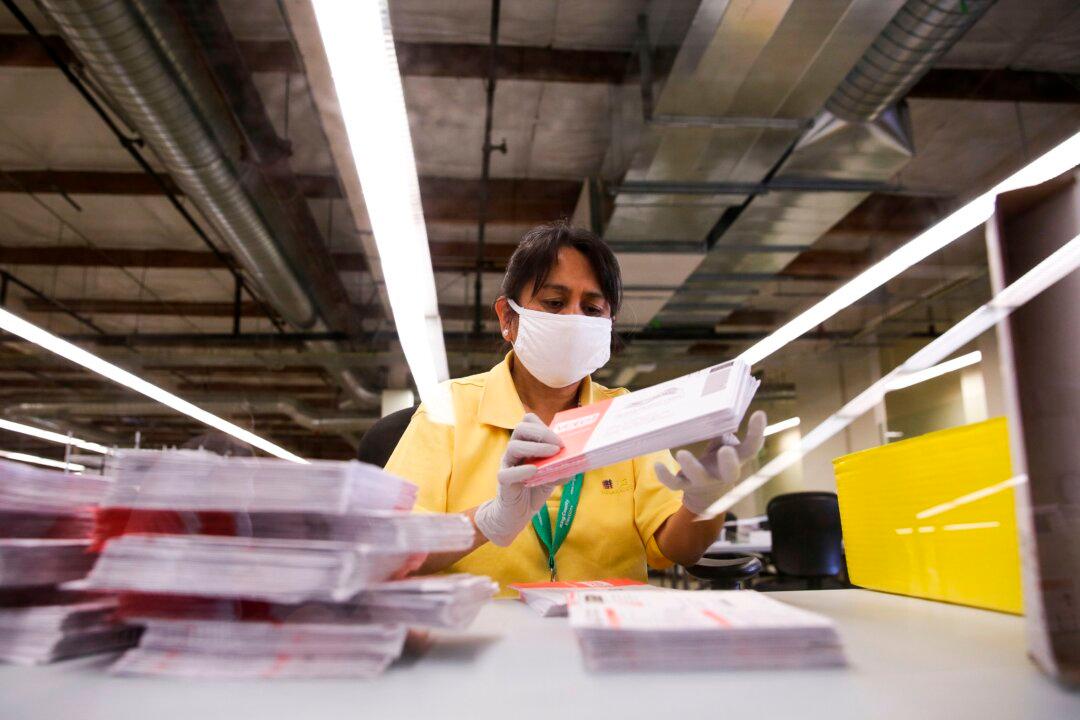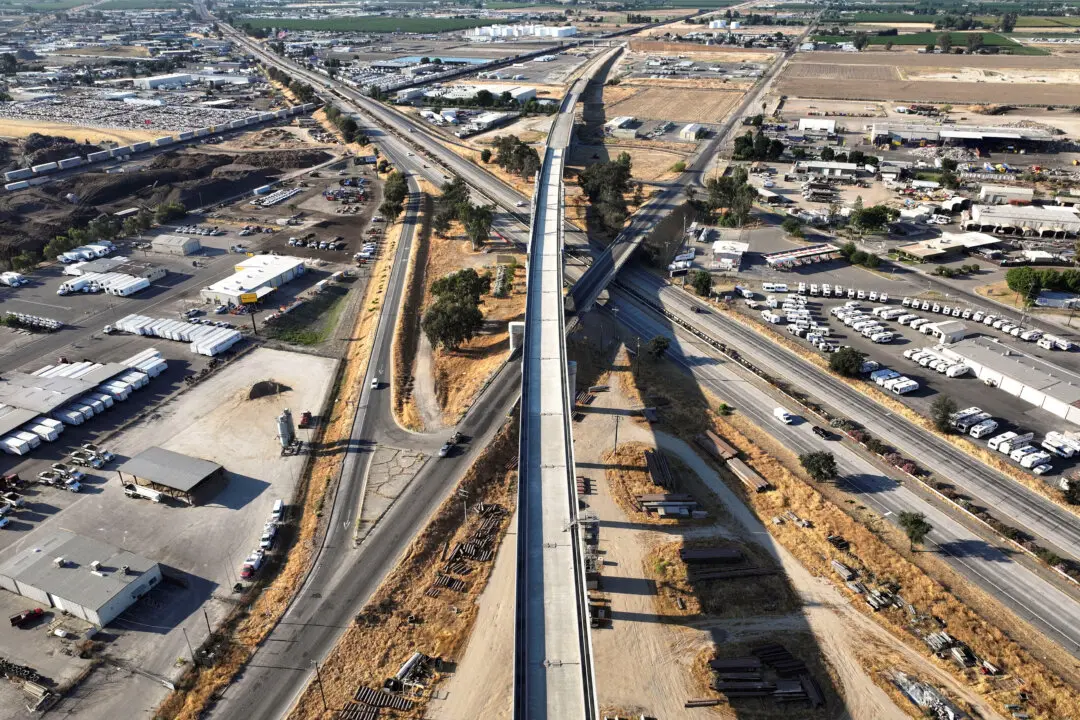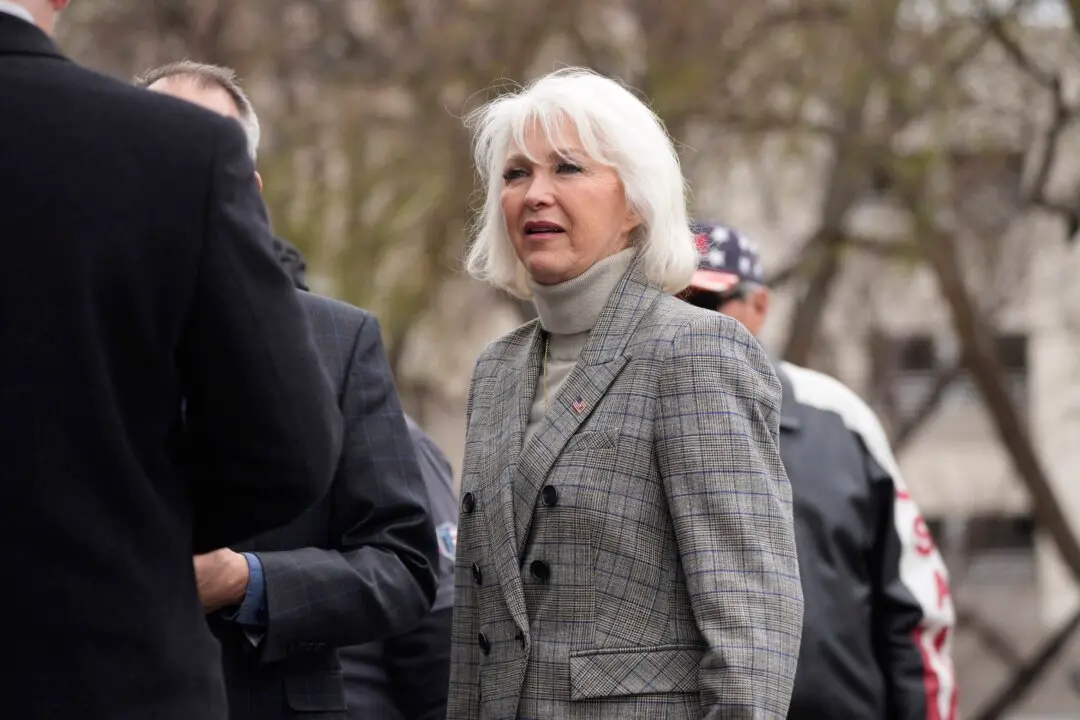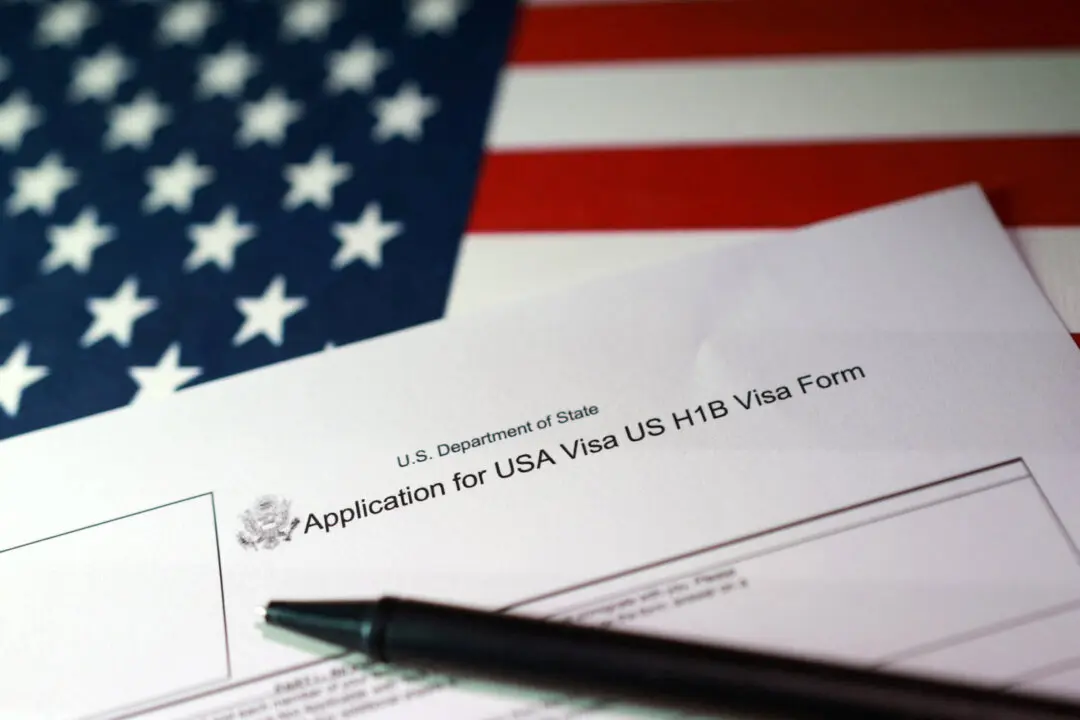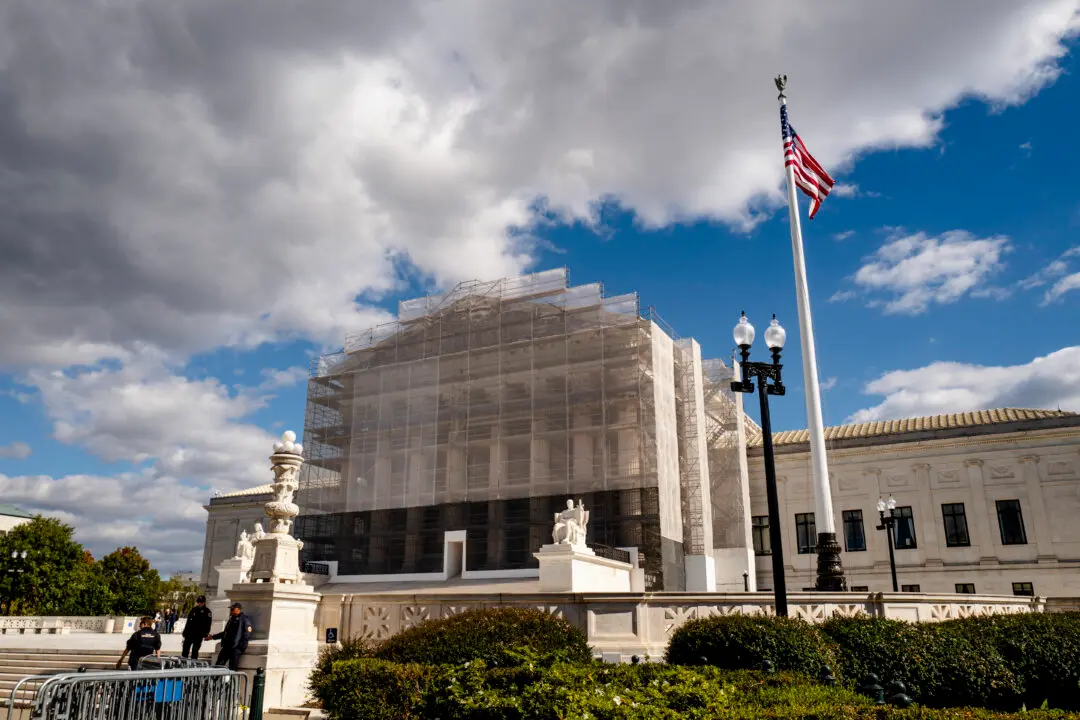How to conduct the approaching Nov. 3 and subsequent elections has itself become a political issue after a spate of recent high-profile incidents of significantly delayed ballots and other electoral mishaps have drawn attention to problems associated with voting-by-mail.
President Donald Trump has spoken out against voting-by-mail, saying it lacks many of the safeguards of voting in person and can lead to big delays in arriving at an election’s final result.
